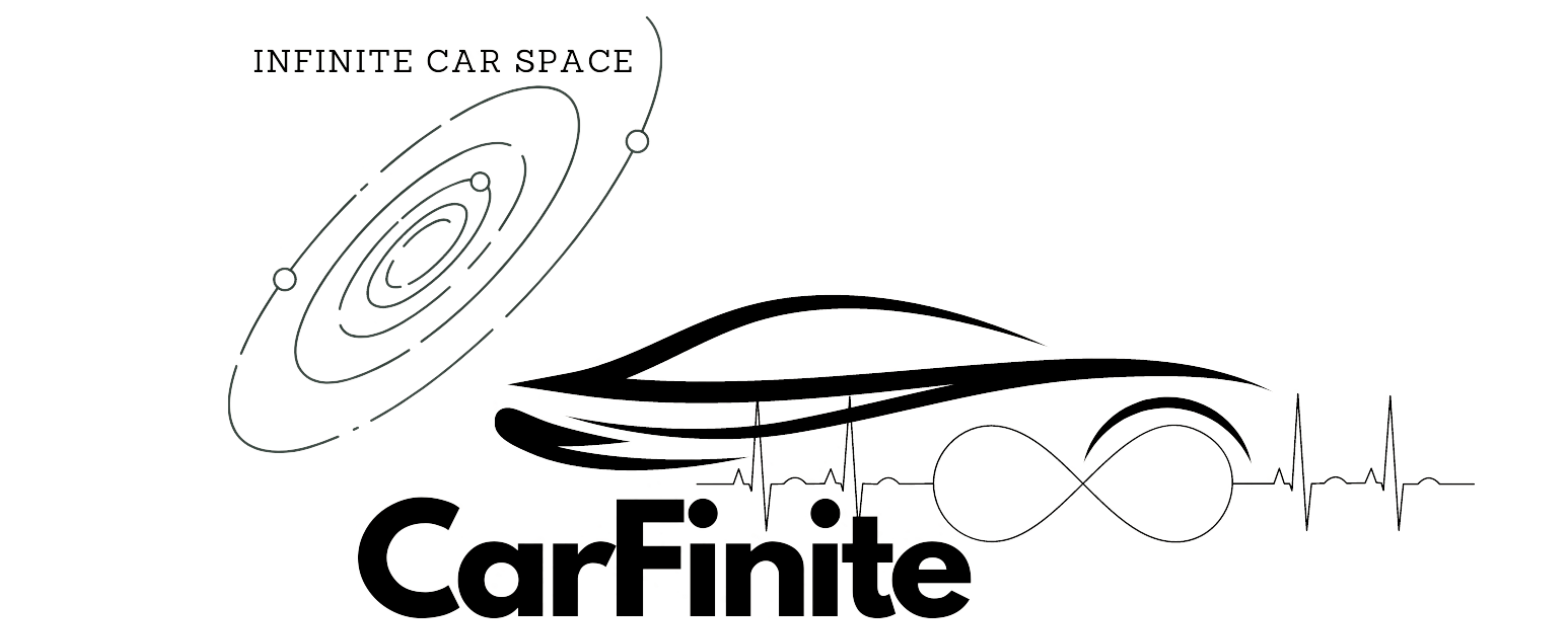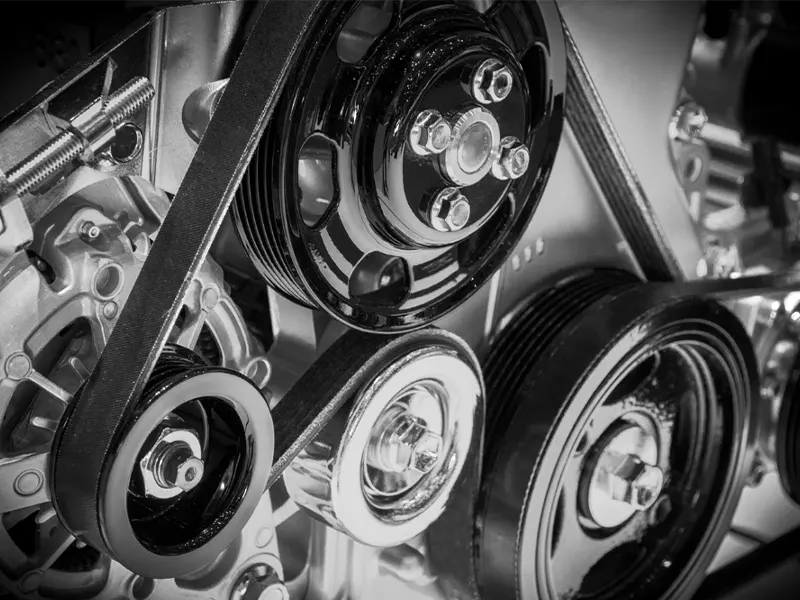A drive belt is an essential component found in most vehicles with internal combustion engines. This flexible rubber band wraps around pulleys on various engine parts, transferring rotational power to operate critical systems. Without this vital belt, components like the alternator, water pump, power steering, and air conditioning would fail, rendering the vehicle inoperable.
The drive belt connects the crankshaft pulley to the pulleys on accessories like the alternator, water pump, power steering pump and air conditioning compressor. As the crankshaft spins with the engine running, it turns these pulleys to power the components. This on-demand transfer of mechanical power is an efficient and compact means of operating vital systems.
Specifically, the drive belt serves the following important functions:
- Powering the Alternator
- Driving the Water Pump
- Operating the Power Steering Pump
- Enabling the Air Conditioning Compressor
1. Powering the Alternator
The alternator generates electricity to recharge the battery and power the vehicle’s electrical system. It is driven by the drive belt connected to the spinning crankshaft pulley. Without the drive belt turning the alternator, the battery would quickly drain. This would prevent the engine from starting due to lack of electrical spark. The lights, ignition, radio and other electronics would also fail to operate.
2. Driving the Water Pump
The water pump circulates coolant through passages in the engine block and cylinder head, regulating operating temperature. It is driven by the drive belt. Without the drive belt turning the water pump, coolant would stop flowing and the engine would quickly overheat. This lack of cooling can lead to severe engine damage like head gasket failure, piston seizure or cylinder warpage.
3. Operating the Power Steering Pump
The power steering pump provides pressurized hydraulic fluid to enable easy steering with minimal driver effort. It is activated by the drive belt connected to the crankshaft pulley. Without the drive belt, the power steering system would lose pressure, making the wheels very difficult to turn, especially at low speeds where substantial steering effort is required.
4. Enabling the Air Conditioning Compressor
The A/C compressor pumps refrigerant through the air conditioning system to produce cooled air. It is driven by the engine’s drive belt. If the belt were to detach, the A/C would be rendered inoperable, disabling the air conditioning. This reduces comfort and drivability, particularly in hot weather.
If your confused about how the drive belt work, check the YouTube video here to look at that.
Types of Drive Belts
- Serpentine belts: Most modern vehicles use a single serpentine belt to drive all accessories. The serpentine belt’s thin profile and tensioned pulleys allow it to transfer up to 25 horsepower efficiently. The continuous loop design also eliminates slippage.
- V-belts: Older vehicles generally used multiple V-belts, each driving 1 or 2 accessories. These thicker belts relied on wedge tension to grip pulleys. V-belts require periodic re-tensioning and are less efficient than serpentine belts.
What happens when a drive belt breaks?
A broken drive belt immediately disables all engine accessories it powers. The battery stops charging, the engine begins overheating, power steering is lost, and the A/C quits. Continuing to operate the engine for more than a few minutes without coolant circulation will lead to catastrophic overheating and engine damage. A broken belt also causes the check engine light to illuminate.
How to Check if Your Drive Belt Needs Replacement
Press on the belt to check tension – it should deflect no more than 1/2 inch. Listen for chirping or squealing noises from the belt area on startup. Any of these signs indicate the belt is worn and due for replacement.
Most manufacturers recommend replacing the drive belt every 60,000-100,000 miles. Shorter intervals may be required for belts in severe service. Consult your owner’s manual for the specific replacement interval for your vehicle. Proper drive belt maintenance prevents breakdowns and costly engine damage.

John Smith, a Los Angeles-based car specialist and automotive writer, boasts over 20 years in the industry. With a background as a master technician and a decade-long writing stint at notable automotive publications, John now shares his expansive knowledge on CarFinite, simplifying car maintenance for readers.

